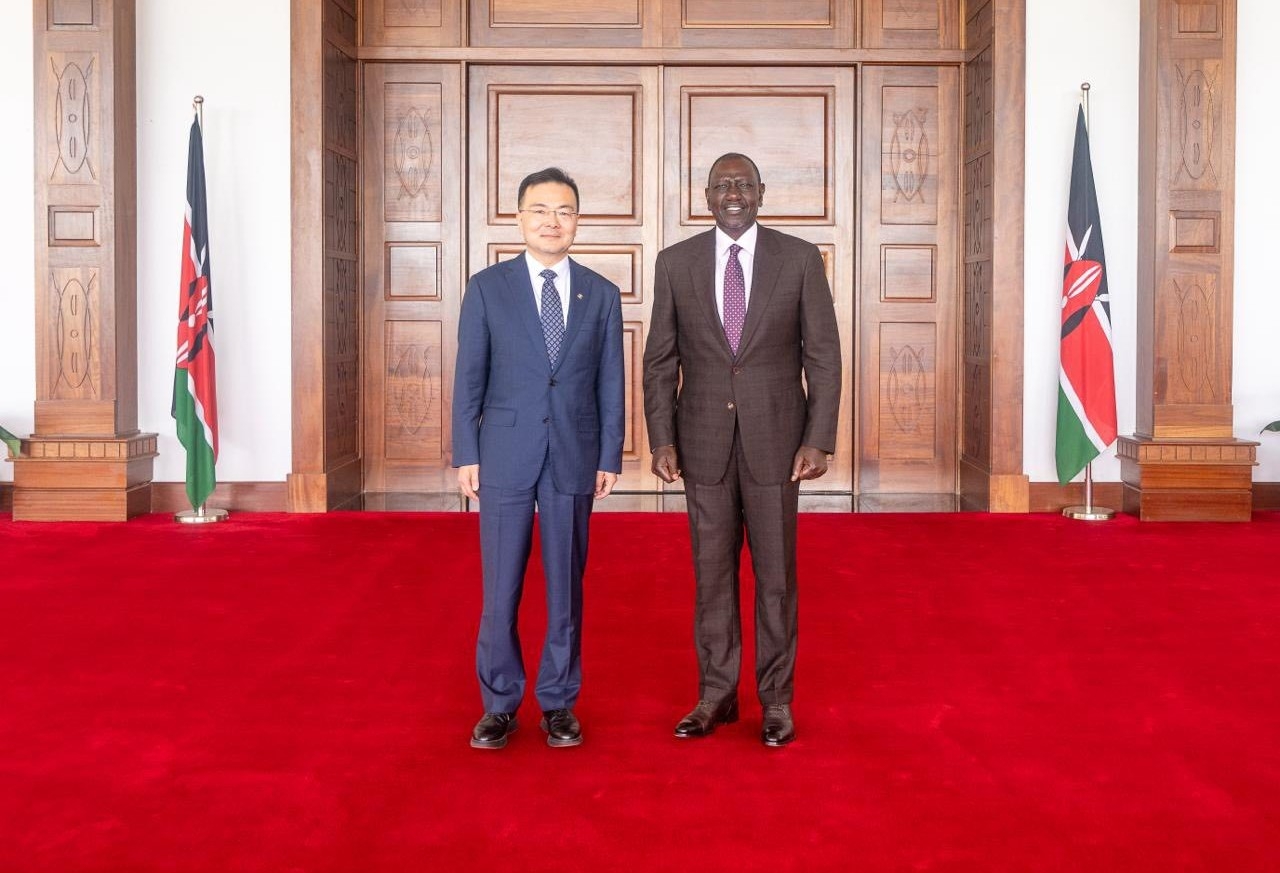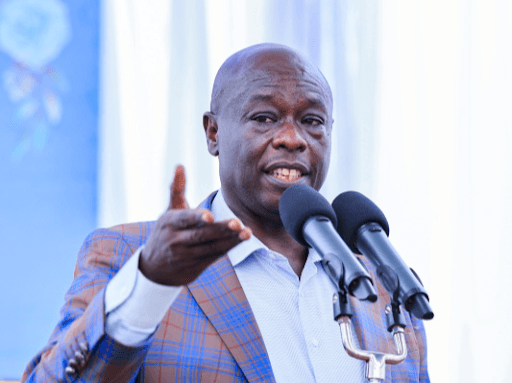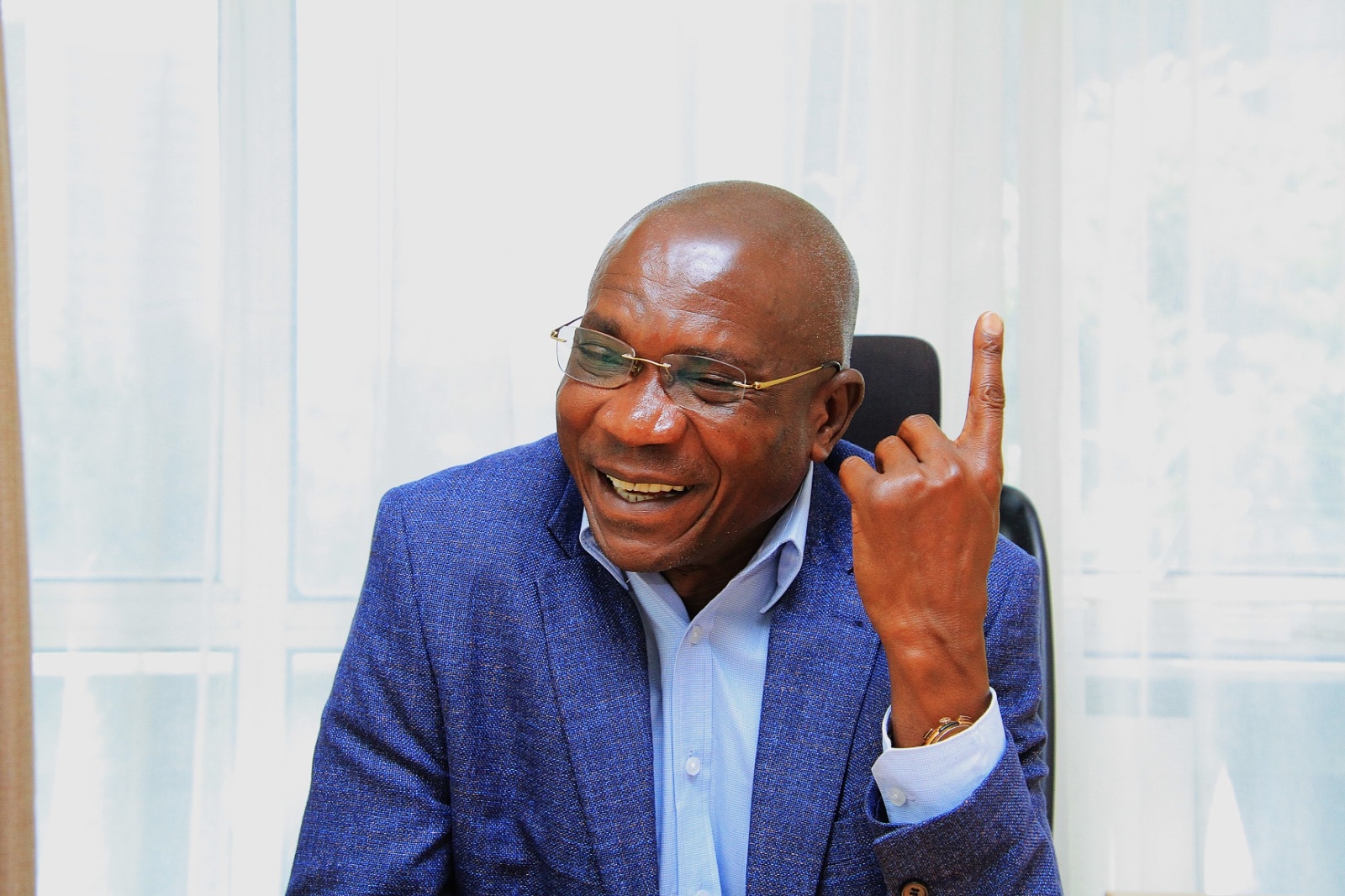In an era when Kenya's economy faced a pressing need for revival, a remarkable group of leaders emerged under the guidance of former President Daniel Moi. Known as the 'Dream Team', these had a clear mission: To rejuvenate a struggling economy, combat pervasive corruption and enhance the efficiency of the civil service.
This initiative arose in response to mounting pressure from international donors, including the World Bank, which had suspended funding due to the widespread corruption entrenched within the government.
At the forefront of the 'Dream Team' was Dr Richard Leakey, a renowned palaeontologist. Comprised of experts from diverse domains, each selected for their unique skills, the team included two standout figures, Martin Oduor-Otieno and Titus Naikuni, whose distinct leadership journeys would significantly influence Kenya's trajectory.
Martin Oduor-Otieno, plucked from his role at Barclays Bank of Kenya, assumed the role of Finance Permanent Secretary. His mission was to guide Kenya's financial course towards stability and growth. Titus Naikuni, drawn from his position at Magadi Soda Company, stepped into the role of Permanent Secretary in the Transport ministry, entrusted with reshaping the nation's transportation landscape.
The 'Dream Team' embarked on a multifaceted agenda of reforms, encompassing the reduction of civil service positions, elimination of price controls and the privatisation of state entities. Its objectives extended beyond economic revival, encompassing the restoration of investor confidence, rescue of struggling institutions and the repair of relationships with international donors.
Their journey was not devoid of challenges. Both internal team dynamics and external obstacles, coupled with scepticism from donors, posed significant hurdles. Nevertheless, progress was achieved. The civil service was streamlined, reducing the workforce for greater efficiency. Ministries were consolidated, simplifying the government's structure.
Although the 'Dream Team' eventually dissolved, its impact reverberated beyond its existence. A precedent was set for future administrations, illustrating the value of tapping into private sector expertise to address complex public sector issues. This approach continued to shape later governance strategies.
Within the realm of Kenyan business and leadership, the narratives of Martin Oduor-Otieno and Titus Naikuni present a vivid contrast in how leadership influences organisations.
Emerging from governmental roles, both assumed leadership of significant entities - Oduor-Otieno at Kenya Commercial Bank and Titus at Kenya Airways. However, the outcomes under their leadership underscore the pivotal role that leadership plays in determining success or failure.
Martin Oduor-Otieno: The architect of transformation
From 2007 to 2012, Oduor-Otieno served as the Group CEO of KCB, exemplifying effective leadership and strategic acumen. KCB faced challenges when he assumed the role, including instability and underperformance. Under his guidance, the bank underwent a profound transformation.
Oduor-Otieno propelled KCB from an average institution to a premier financial powerhouse in Kenya and the broader region. His strategic decisions and leadership acumen fuelled this evolution.
Addressing internal challenges marked by ethnic discord, Oduor-Otieno's adeptness in offering consistent and impartial leadership helped surmount these obstacles.
Under his guidance, KCB emerged from the brink of collapse. The bank overcame financial burdens and adversities, achieving profitability and sustainable growth.
KCB flourished substantially during his tenure, ascending to become Kenya's largest bank by asset size. This expansion mirrored his visionary outlook.
Titus Naikuni: Struggling for progress
In stark contrast, Naikuni's leadership at Kenya Airways (KQ) was marked by challenges and missed opportunities.
Naikuni's leadership coincided with the launch of Project Mawingu, an ambitious endeavour aimed at positioning KQ as a premier airline. Nevertheless, external variables, including political uncertainties and security threats, hindered their advancement.
KQ's decision to reduce flights to Europe in favour of focusing on Africa and Asia appeared judicious. However, unforeseen crises like the Ebola outbreak disrupted these plans, while alterations in flight routes impacted the airline's growth.
While the acquisition of Dreamliner aircraft was intended to modernise the fleet, financial burdens during periods of low demand weighed heavily on the airline's financial health.
KQ's leadership is still being confronted with allegations of questionable deals and decisions, eroding confidence in its managerial prowess.
The narratives of Martin Oduor-Otieno and Titus Naikuni underscore the influence of leadership on outcomes. Oduor-Otieno's tenure at KCB illustrates how effective leadership and strategic prowess can revolutionise an institution.
In contrast, Naikuni's leadership at KQ unveils the repercussions of missed opportunities, financial strains and governance challenges. These stories underscore the profound role that leadership plays in shaping the course and destiny of an organisation.
Scholar in the history of education and a teacher














